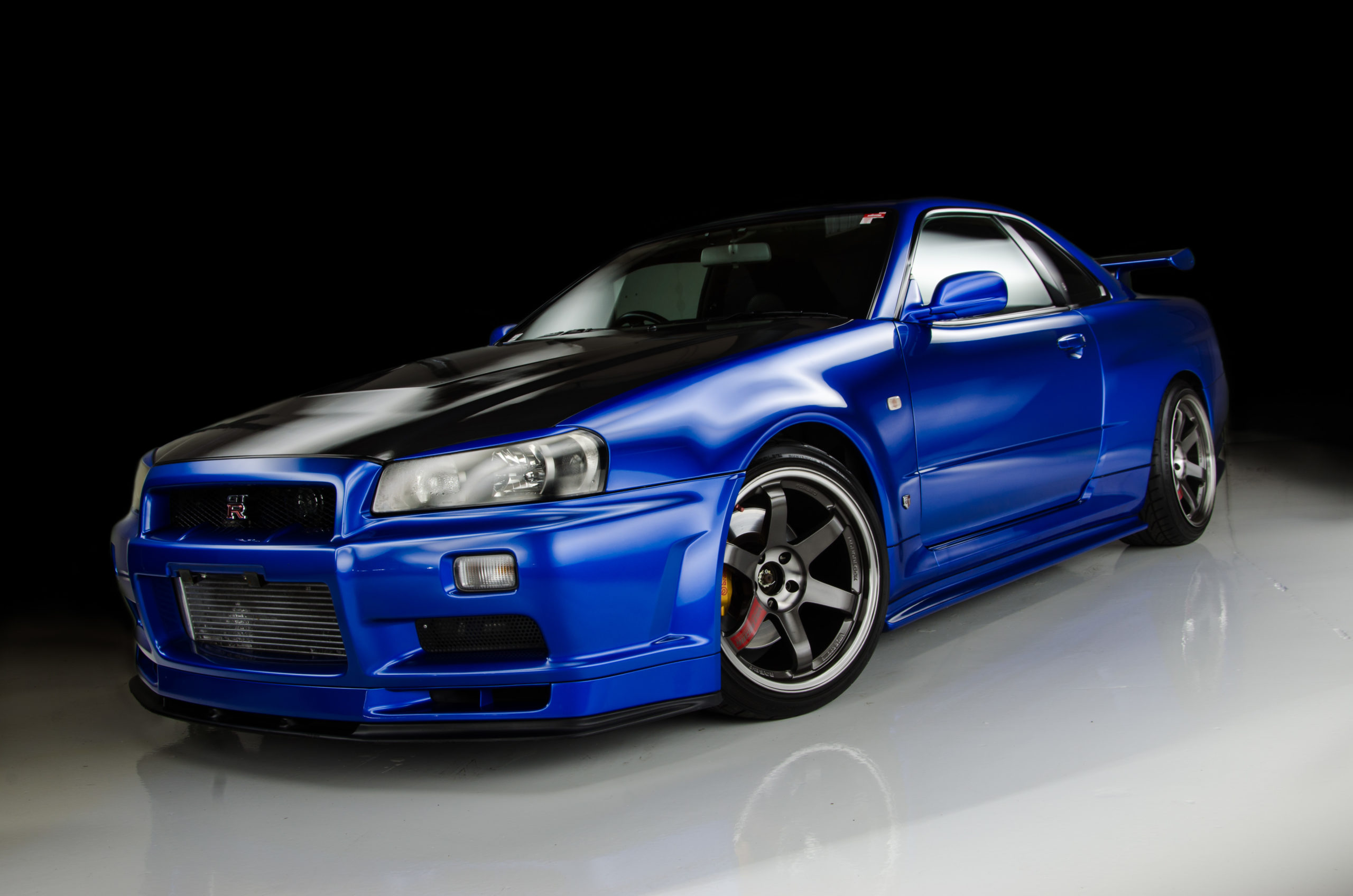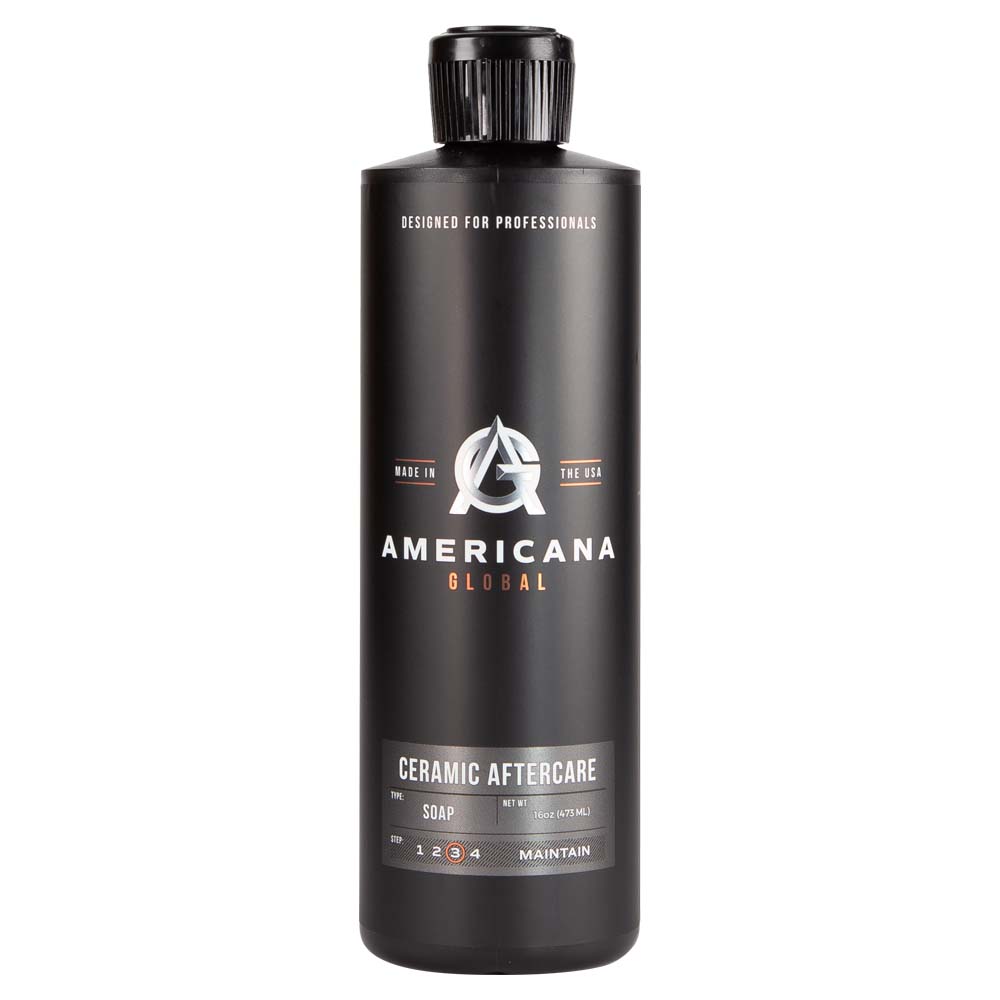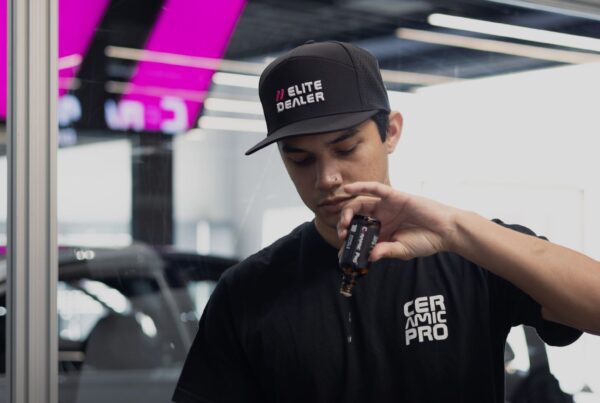Is Car Wax Good for Ceramic Coatings?
Did you know that car owners spend nearly $3 billion on auto paint care and maintenance products every year? And sales are not slowing down – even during a global pandemic and other ‘stuff’ going on. One of the quickest growing segments in the car care industry are professional nano ceramic coatings or their DIY counterparts. But after the ceramic coat is applied, many car owners wonder if you can apply wax on ceramic coatings?
Well – the answer to that question is a bit sarcastic – so I’ll apologize in advanced. Can you apply carnauba wax on your new nano ceramic coating? Yes you CAN. SHOULD you apply wax on that 9H hard, super hydrophobic surface, not for all the tea in China.
So – let’s explore this topic in detail. In the info below, we’ll outline a few of the reasons why putting car wax or a paint sealant on top of a DIY or professional grade ceramic coating is simply put – a bad idea.
How Does Wax Compare with a Ceramic Coating for Cars?
Let’s face it – traditional wax is dead. It’s the dinosaur of paint protection solutions – and even today’s lab-created synthetic stuff simply can’t hold a candle to the power, protection, and durability of a quartz coating. Today’s professional grade coatings offer years of protective qualities against UV exposure, bird droppings, tree sap, and other harmful contaminants.
Paste wax on its best day produces six months of coverage on top of a vehicle’s paint. A DIY coating lasts about 2 to 3 years at most. The professional 9H ceramic coating can last a lifetime – with annual inspections of course. The key to longevity for any ceramic coating is keeping it clean and free of debris or harmful contaminants that can accelerate the breakdown of these hard glass coatings.
However, it’s also crucial to find a product that can be used to provide a sacrificial layer on top of that coating. This is where the concept of using car wax on top of a ceramic coating comes into play. In theory, wax will stick to a ceramic coating, harden, then absorb all those harmful UV rays, chemicals, and bird droppings/bug splatters.
Again – theoretically – this is all true. However, there is one glaring and often misunderstood side-effect of that type of protection solution. Car wax contains a lot of natural oils, grease, and other sticky substances. That’s what produces the water beading effect you see after a fresh coating.
However, these substances also tend to attract dirt, dust, tree sap, and pollen – causing them to stick to the surface. This leads to a dirtier car, which is contrary to why people choose a ceramic coat vs car wax in the first place.
Why Are Ceramic Coatings Better than Wax or Sealants?
In short, a ceramic coating uses nano technology to penetrate microscopic imperfections that are found in porous materials. Virtually every item on your car is porous in nature, including clear coat on the car’s paint, glass, chrome, bare metals, coated wheels (like powder coating), carbon fiber, and vinyl or paint protection film.
When the coating is applied, it fills those tiny valleys then provides a thin layer on top which is incredibly flat. This protection helps to reduce swirl marks often produced by using an automated car wash or bad washing techniques.
There are some ceramic coatings – such as Ceramic Pro coating that can build layers, with each one, producing a flatter surface. This is a major contributing factor that produces the strength, durability, and the super hydrophobic properties that nano coatings are known.
Wax and paint sealants bond on top of the substrate or surface it’s trying to protect as opposed to penetrating and bonding inside those imperfections. The layer is not as flat, the substance does not cure as strong, and as such, it wears out much quicker.
What Happens to Ceramic Coatings if they are Not Protected?
The strength of paint coating or a protective coating is well documented. But here is a refresher. When you grade the hardness of any paint protection solution, it’s based on the pencil scale of hardness. The scale goes from 0 to 9. A ceramic coating will harden to 9H (which is the highest grade on this pencil scale).
There are some ‘less than ethical’ ceramic coating manufacturers will claim they have a hardness of 10H. That would make it as strong as a diamond. But here is the problem – the 10H is only possible with the Mohs scale, which just isn’t applicable with any liquid-based coating.
While 9H is still incredibly strong, it’s not bullet proof. Eventually, most ceramic coatings (especially the spray-on or DIY nano coatings) will start to wear thin. The more exposure to UV rays, acid rain (which is a real thing), industrial fallout, brake dust, and animal or plant toxins, the quicker the DIY ceramic coating will wear out.
There are simply two ways of maintaining and protecting the durability of the nano coating applied to your car, truck, SUV, or other vehicle.
First – Keep the Vehicle Washed
It might seem basic but washing your ceramic coated vehicle every two weeks (as recommended by the coating manufacturer) is the best way to protect it from premature damage. When these contaminants stick to the coating, eventually other agitators (like UV rays or heat from the sun) will activate or accelerate the chemicals or materials in debris. So, washing that stuff off the coating every few weeks will remove that issue. It will also continue to protect the painted surface. A good ceramic aftercare product like Americana Global Ceramic Aftercare is specifically formulated to clean and protect the surface of a ceramic-coated car.
Second – Apply a SiO2 Boost Spray
If you’re going to apply something onto a ceramic coating, it makes sense to add a similar product that will protect but not reduce the hydrophobic effects. This is what a SiO2 boost spray can accomplish. This is essentially a diluted hydrophobic coating, infused with silicon dioxide, titanium dioxide, and polymers. It bonds on top of a hard coating, providing that added layer of protection.
The great thing about a SiO2 boost spray is that you don’t have to apply them every time you wash the vehicle. In fact, the best boost enhancers like Ceramic Pro CARE can hold up for months. It can be applied when your vehicle is wet or dry, after washing your ride.
Are All Ceramic Sprays the Same?
Absolutely not. In fact, this is where a lot of the shady online manufacturers manipulate the term ‘ceramic’ to create products that simply don’t protect. There are three different ‘grades’ of ceramic spray-on coatings that are difficult to determine – mainly based on less-than-transparency with these products. They are slipperier than traditional car wax but not as good on the protection aspect.
- Silicone-based sprays: This is the most common ‘ceramic’ spray out there today. It is mainly comprised of silicon which produces a slippery surface – and nothing more.
- Teflon-based sprays: The Teflon spray coating is a bit stronger and durable than the silicone spray. It likewise replicates a lot of the consumer qualities of a ceramic coating (like allowing the bottle or freshly cooked “eggs” to slide off the surface.
- SiO2 & TiO2 Infused: This is the real deal ceramic boost spray. It’s able to replicate the hydrophobic properties (due to the SiO2) and provide a hard layer of protection (TiO2). The addition of polymers and other solvents allows it to build layers with each application. This provides an additional protective layer and helps to reduce UV damage to the paint surface.
How Can You Tell If the Ceramic Coating is Wearing Out?
Eventually – all good things must come to an end. Such is the case with 95% of the ceramic coating products on the market. Believe it or not, there are only a handful of professional-grade nano coatings that are formulated for specific substrates (or materials) – and designed to build layers for maximum longevity.
The others out there have a lifespan of that ranges from a few months, to maybe three years. As the coating begins to wear thing, you’ll notice a few indicators:
- Loss of hydrophobic properties: The first warning sign is that the usual water-shedding ability will not be as good.
- Loss of shine or depth: You’ll also notice reduced luster of your surfaces such as paint, plastic trim, and other materials.
- Increased collection of debris: If your car seems to be dirtier than usual, it’s quite possible the coating is on its last legs.
Why It’s Crucial to Use the Best Ceramic Coating
While there are many coatings on the internet today, you’ll typically get what you pay for. And although traditional car wax does serve a purpose for some, the benefits of spray wax vs a ceramic car coating simply can’t compare.
When a ceramic coating is applied, it’s exceptionally strong and is difficult to remove. In fact, paint correction is typically required to polish off the base coating.
If you factor in the cost of having a professional detailer having to remove the older coating, reapplying a new coat, and the time for these services, it’ll cost you more in the long run. The alternative is to start with a professional-grade nano coating like Ceramic Pro 9H.
Each formulation of 9H is engineered for specific materials – meaning it’s engineered to bond better, last longer, and produce superior protection.
If you’d like to learn more about Ceramic Pro 9H and our wide-range of paint protection products or invest in a superior ceramic boost spray like Ceramic Pro CARE – click the button below to request a free estimate.








